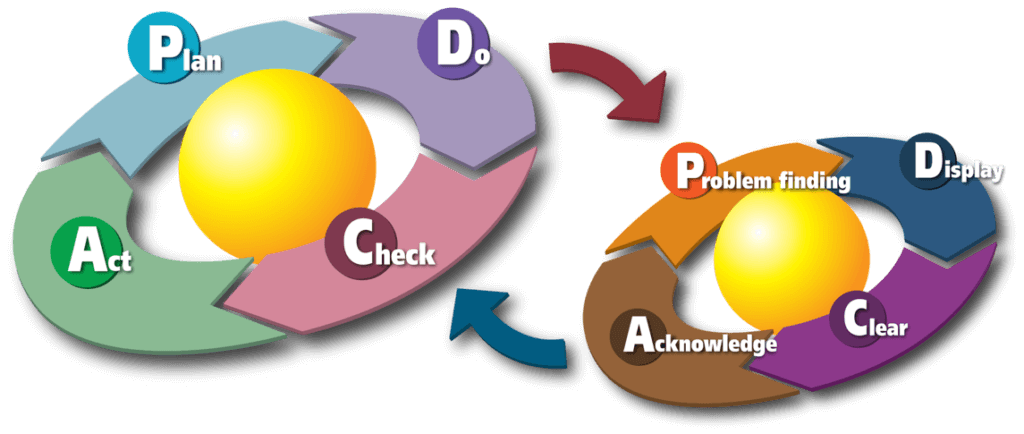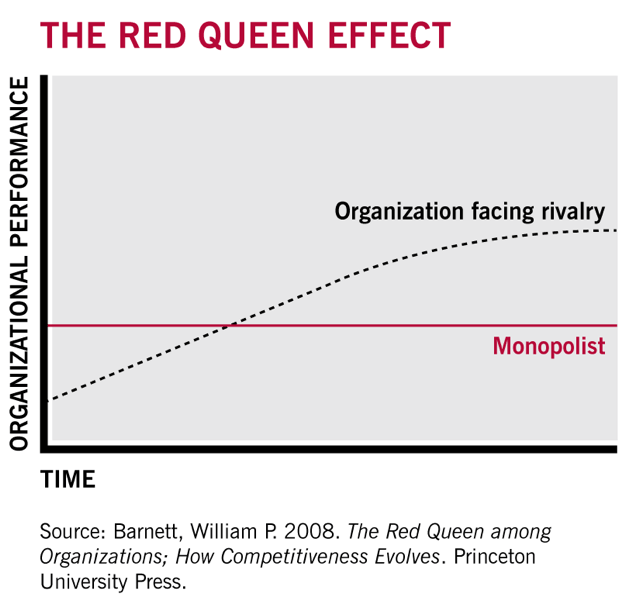We live in extraordinary times. In just the last few decades, we may have thought we’d already seen it all. The rise of new business models. Business models ahead of their time. Stock market bubbles. Economic downturns. Economic recessions. The rise of Google. The rise of Facebook.
However, now we’re experiencing something entirely new. Beyond the external pressures of a pandemic, economic slowing, division running rampant, this is the first time where we’ve seen this industry take massive steps backwards.
The challenges of privacy regulation and privacy as a feature in hardware and software are shaking up the industry. An accelerated path to media buying automation, driven by Facebook AAA and Google App Campaigns, will disrupt workflows and human capital.
It’s never been a more exciting time. Wait, what? That’s right. Even though this is the first real step backward for our industry, it represents two steps forward. We will all stumble in those two steps and we may fall, but we will rise up. It starts with a simple of Faster, Better, Cheaper. This is the mandate for marketers in this era of change.
While it sounds simple and is intentionally devoid of jargon, Faster, Better, Cheaper is key during this accelerated rate of change in the industry. While every business model will have a variation of Faster, Better, Cheaper, let me explain what it means to our industry and social advertisers.
- Faster: Accelerated learning to identify which creative will win the day and increase media return on investment.
- Better: Ability to avoid creative limitations and breakthrough into “new stories”. Essentially, creating new and immersive stories that create action in the 15-30 seconds allowed by social media user behavior.
- Cheaper: A new working model powered by our 100% remote and globally diverse workforce, paired with high quality creative, high velocity of output, and the pairing of creative assignments to the right individual based on their bandwidth and unique skills.
Faster, Better, Cheaper is all about balance. You can’t lean into one and forsake the other two.
“Cheaper” can make some cringe, especially when speaking about creativity. However, “Cheaper” does not mean lower quality or less creativity. It’s about improved cost and economies of scale. This is balanced by the concept of Better. Always be in a state of Kaizen and continuous improvement. Increasing quality, paired with increasing efficiency and speed. This is the formula for success.

Image: A diagram to show the two PDCA cycles. The first cycle is Plan, Do, Check and Act, while the second cycle is a sub-set of the “Do” part, containing Problem Finding, Display, Clear and Acknowledge. These are part of the kaizen method of quality control.
Back to the “two steps forward” mentioned at the very beginning. For both privacy and automation, winning creative, paired with an innovative use of quantitative analysis, will be the determinant of success.
The industry has become commoditized in terms of achieving success. The same metrics. The same general approaches. The same general approach and accepted limitations of deterministic measurement.
As campaign measurement becomes more opaque and media buying automation increases within the walled gardens of Facebook and Google, marketers will have to look internally to gain market share. This relies on a deeper and more actionable understanding of their customers and their motivations.
A deeper ability to connect media investments to positive customer experiences and revenue-generating behavior. Most importantly, marketers will have to tell an authentic and compelling story. More so than their competitors. We are moving from a world of marginal gains to something more similar to The Red Queen Effect. An arms race of insights activated in storytelling and compelling creative.

For brands and developers that are in the business mode of discovery there are now three necessary components for marketing success. That is, discovery of new audiences for the brand and discovery of the brand by existing audiences looking for a change.
- A winning creative team that creates compelling, story-enhanced digital ads that compel users to stop scrolling, engage with the ad, and take action towards a business outcome.
- An experienced user acquisition and performance team that executes creative testing through a combination of art and science to ensure that impressions are weighted to “winning creative”. Every impression allocated to lower-performing creative is lost money otherwise. This team must focus on improving efficiency and modernizing strategies and tactics.
- Lastly, leveraging advertising measurement technologies to create unparalleled efficiency and analysis. For instance, Facebook’s Ads Library is a great way to see which ads your competitors have been running. Sensor Tower, SocialPeta or AppAnnie are also helpful tools to gather proxy performance data. Essentially, leveraging benchmarking technologies to support getting your team key insights faster and more effectively.
Are you prepared to take two steps forward? Are your organization, mindset and processes aligned to operate in a Faster, Better, Cheaper model? If not, it’s time to get your organization ready to succeed, not despite the changes coming in the months and years ahead but built to capitalize on this exciting time of rapid evolution in the industry.
About the Author
Dustin Engel is the President of Consumer Acquisition, where he brings tremendous experience in e-commerce, branding, travel, entertainment and programmatic buying. Dustin most recently served as VP of Corporate Strategy and Development for PMG, an award-winning provider of digital services and technology for Fortune 500 brands across more than 50 countries.
